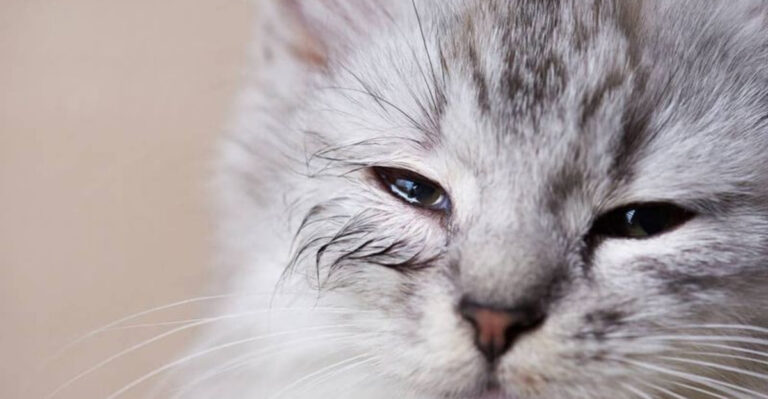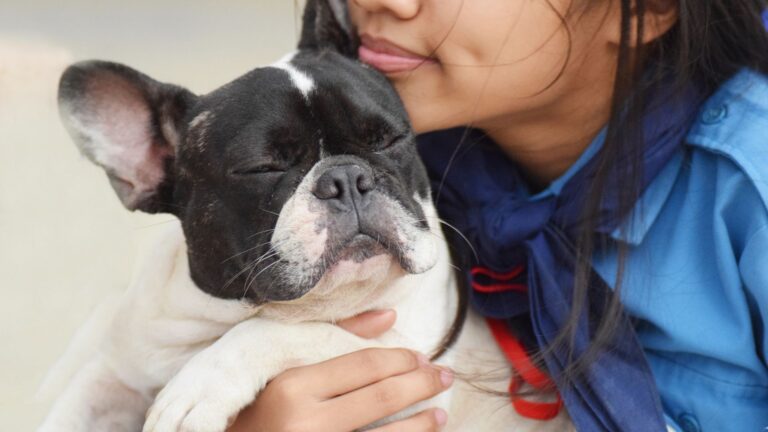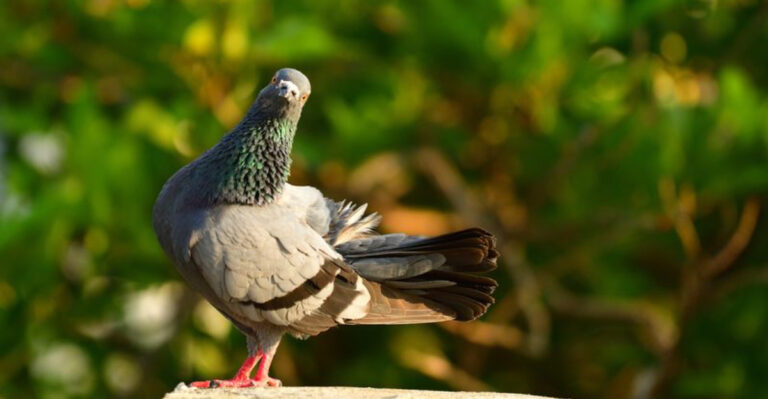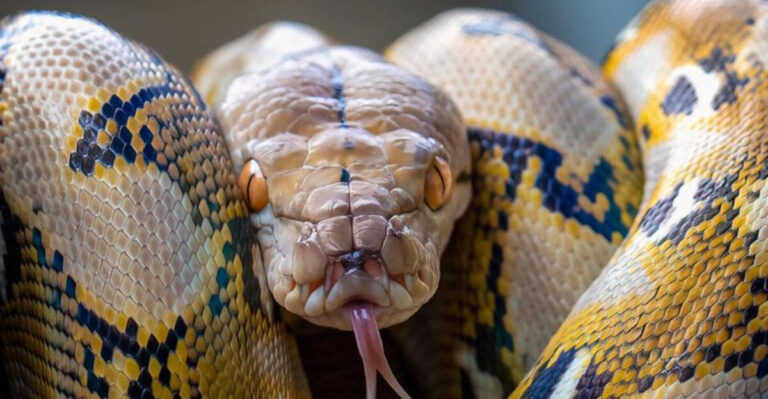13 Signs It’s Too Hot To Let Your Cat Outside
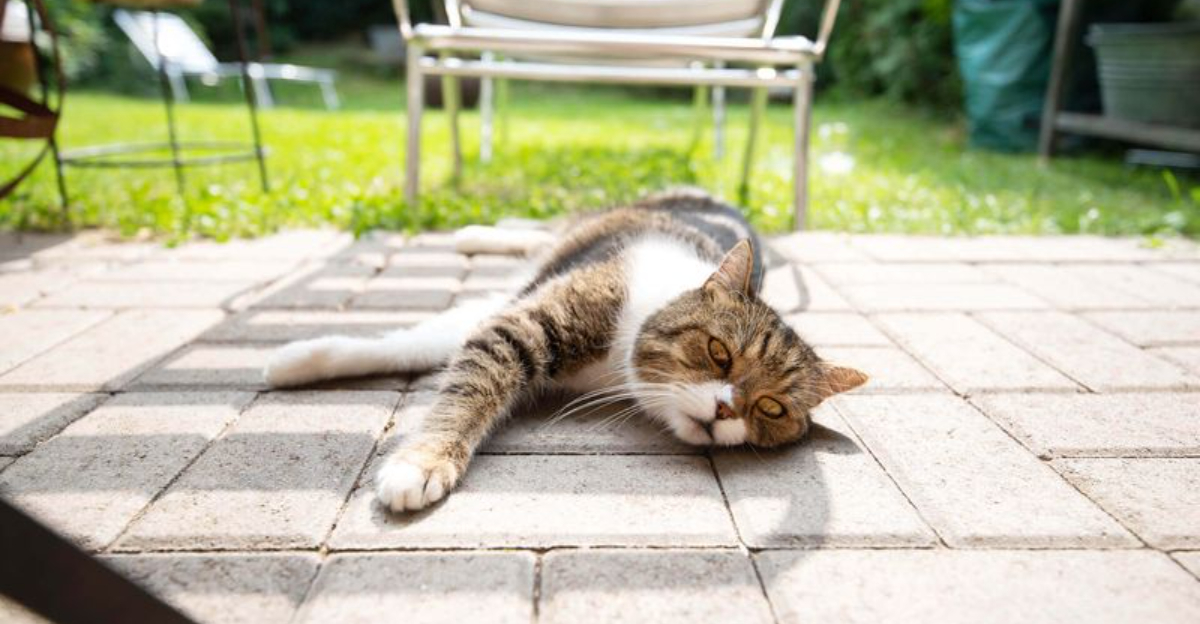
Summer heat can be dangerous for our feline friends. While cats love exploring outdoors, scorching temperatures pose serious health risks that many pet owners overlook.
Knowing when to keep your kitty inside during hot weather could literally save their life. Here’s how to tell when the heat is too much for your outdoor-loving cat.
1. Pavement Burns Your Bare Feet

If you can’t keep your bare foot on the pavement for 10 seconds, your cat’s sensitive paw pads will suffer painful burns. Asphalt can reach 140°F when air temperatures are just 87°F!
Always check sidewalks and driveways before letting kitty out. Morning or evening outings are safer options during heat waves.
2. The Weather App Shows 85°F Or Higher

Cats struggle to regulate body temperature once the mercury climbs past 85°F. Their cooling mechanisms aren’t as efficient as ours – they only sweat through their paw pads!
Unlike humans who sweat all over, cats have limited options for cooling down outdoors. Their fur coats, designed for insulation, become liabilities in extreme heat.
3. Humidity Levels Exceed 50%
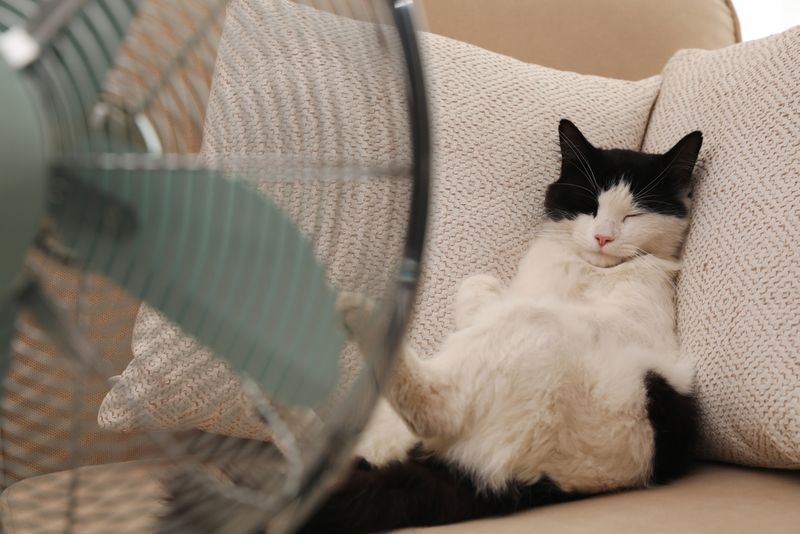
Muggy days create a double threat. High humidity prevents sweat from evaporating, making cooling nearly impossible for your feline friend. The “feels like” temperature becomes the real danger.
Watch for panting or lethargy – signs your cat can’t handle the humid conditions. Indoor cooling with fans or air conditioning provides much-needed relief on these sticky days.
4. Your Cat’s Panting Increases
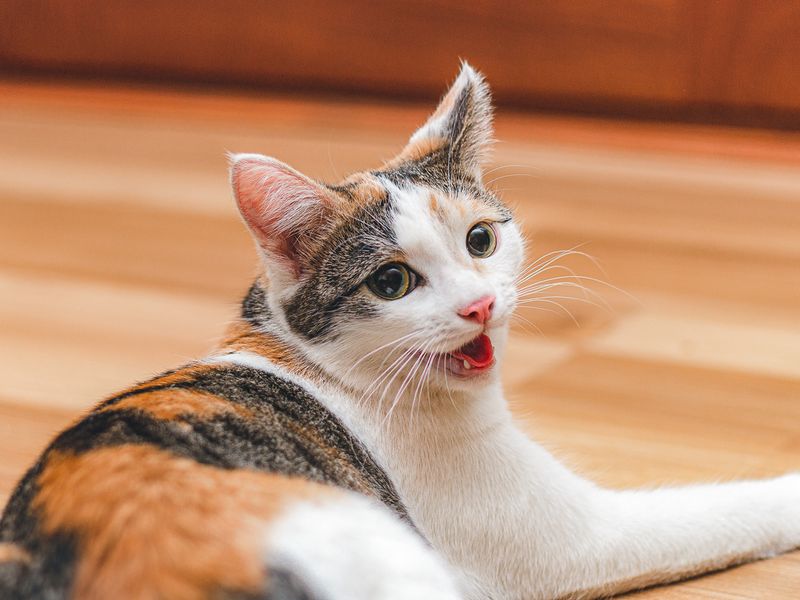
Unlike dogs, cats rarely pant unless they’re in serious distress. Open-mouth breathing signals your kitty is desperately trying to cool down and failing.
This red flag requires immediate action – bring them inside to air conditioning. Offer cool (not cold) water and monitor closely. Continued panting means a vet visit is necessary.
5. No Shady Retreats Available
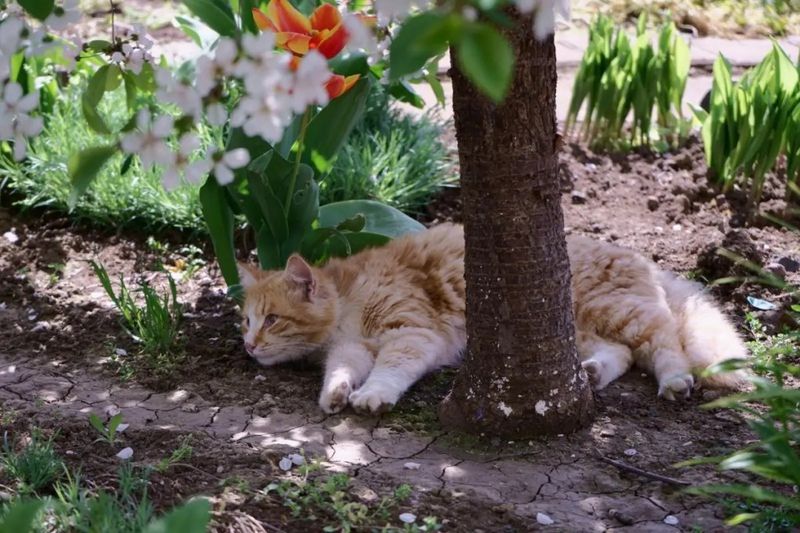
Treeless yards or concrete jungles offer zero escape from the blazing sun. Cats instinctively seek cool spots when overheating, but without shade, they’re trapped in dangerous conditions.
Your yard should have dense bushes, porch overhangs, or specially created hideaways if outdoor time is necessary. Without these cooling zones, keep kitty safely indoors until sunset.
6. Heat Advisory Or Warning In Effect
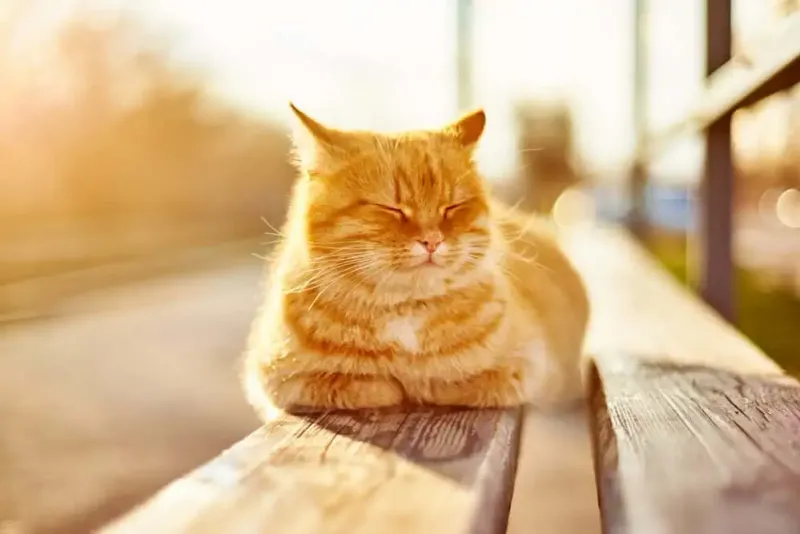
Weather alerts aren’t just for humans! These official warnings indicate dangerous conditions for all mammals, including your furry explorer. Heat waves kill thousands of pets annually.
Take these alerts seriously – they signal potentially fatal outdoor conditions. Indoor play with interactive toys makes a safer alternative during extreme weather events.
7. Your Cat Shows Unusual Lethargy

Sudden laziness isn’t your cat being dramatic – it’s self-preservation. Moving less conserves energy and reduces heat production when temperatures soar.
Watch for cats seeking cool surfaces like tile floors or sinks. This behavior signals they’re already uncomfortable. Forcing outdoor time could push them toward dangerous heat exhaustion.
8. Water Sources Have Dried Up

Outdoor puddles and water features evaporate quickly during heat waves. Without reliable drinking options, dehydration becomes a serious threat to exploring cats.
Fresh water access is non-negotiable for outdoor adventures. If neighborhood water sources have disappeared and you can’t provide monitored alternatives, postpone outdoor time until cooler weather returns.
9. Your Cat Has Health Issues

Cats with existing conditions face amplified risks in hot weather. Heart problems, obesity, respiratory issues, or advanced age all reduce heat tolerance dramatically.
Senior cats and flat-faced breeds like Persians struggle especially hard. Special needs kitties deserve extra protection from temperature extremes – their compromised systems simply can’t handle additional stress.
10. The AC Repair Truck Is In Your Driveway

Broken home cooling systems create indoor danger zones that many pet owners overlook. If your house is too hot for comfort, it’s definitely unsafe for your furred companion.
During AC outages, consider pet-friendly hotels or climate-controlled pet daycares. Never assume cats can “tough out” extreme heat – their survival instincts may not activate until it’s too late.
11. Your Cat’s Gums Look Bright Red
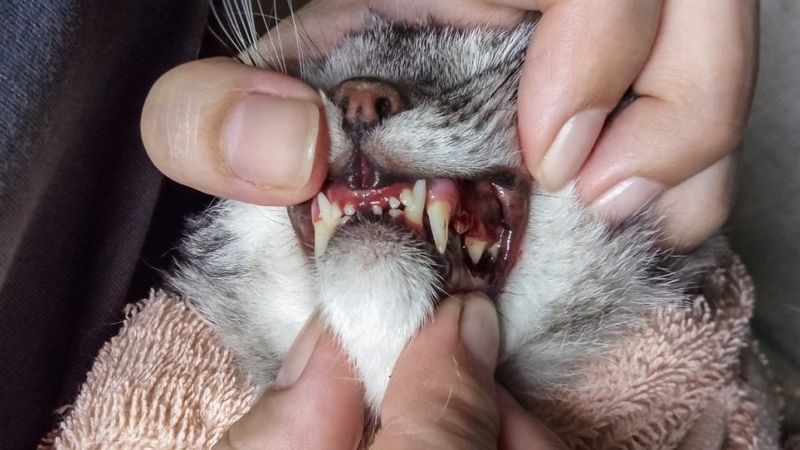
Healthy feline gums are pink, not fire-engine red. This color change indicates your cat’s body is redirecting blood flow to cool vital organs – a dangerous late-stage heat response.
Check gums by gently lifting your cat’s lip. Alongside red gums, watch for drooling or vomiting. These symptoms require immediate veterinary attention, as they signal potential heat stroke.
12. The Car Thermometer Reads Triple Digits
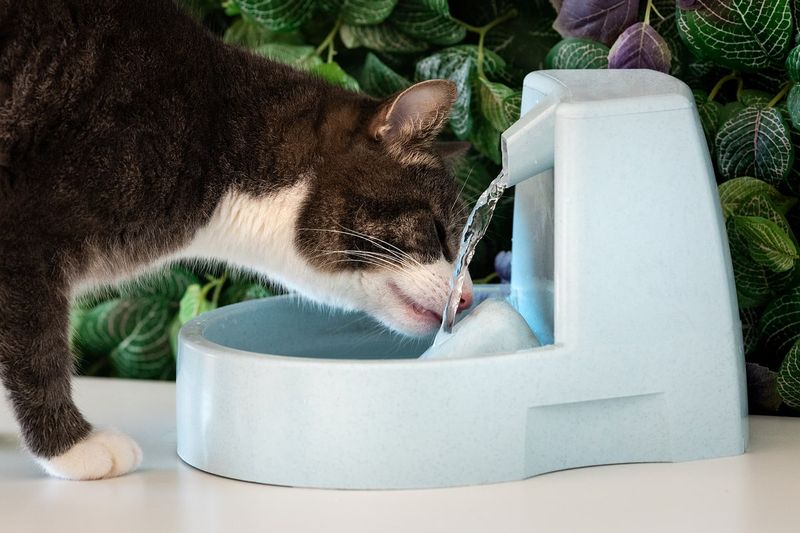
Vehicle temperature displays offer reality checks about outdoor conditions. When your car shows 100°F or higher, imagine wearing a permanent fur coat in that heat!
Remember that ground-level temperatures where cats roam are often hotter than official readings. Concrete and asphalt retain heat, creating dangerous hot zones that persist even after sunset.
13. Your Neighbor’s Cat Is Hiding Indoors
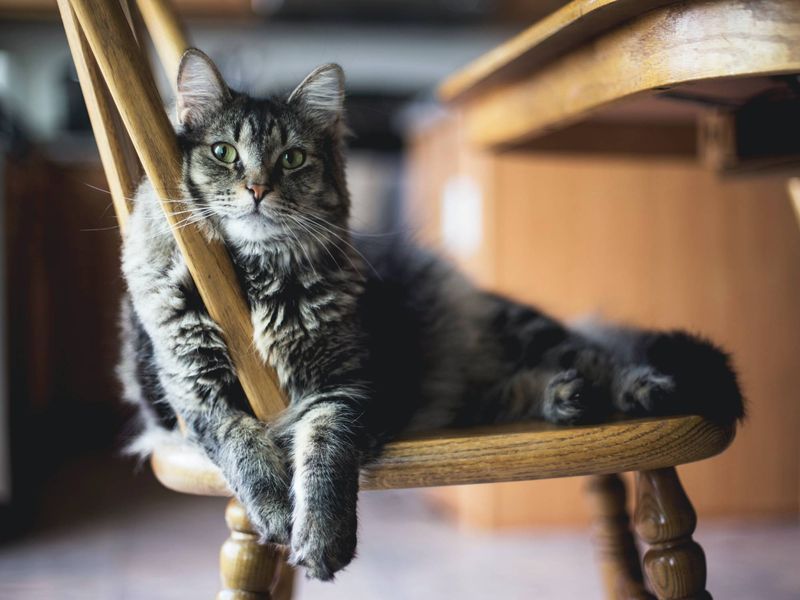
Neighborhood cats offer environmental wisdom! When local felines voluntarily retreat indoors, they’re telling you something important about outdoor conditions.
Cats instinctively sense dangerous weather. If the outdoor community cats have disappeared from their usual spots, respect their survival instinct. Your pet deserves the same protection from potentially deadly heat.

